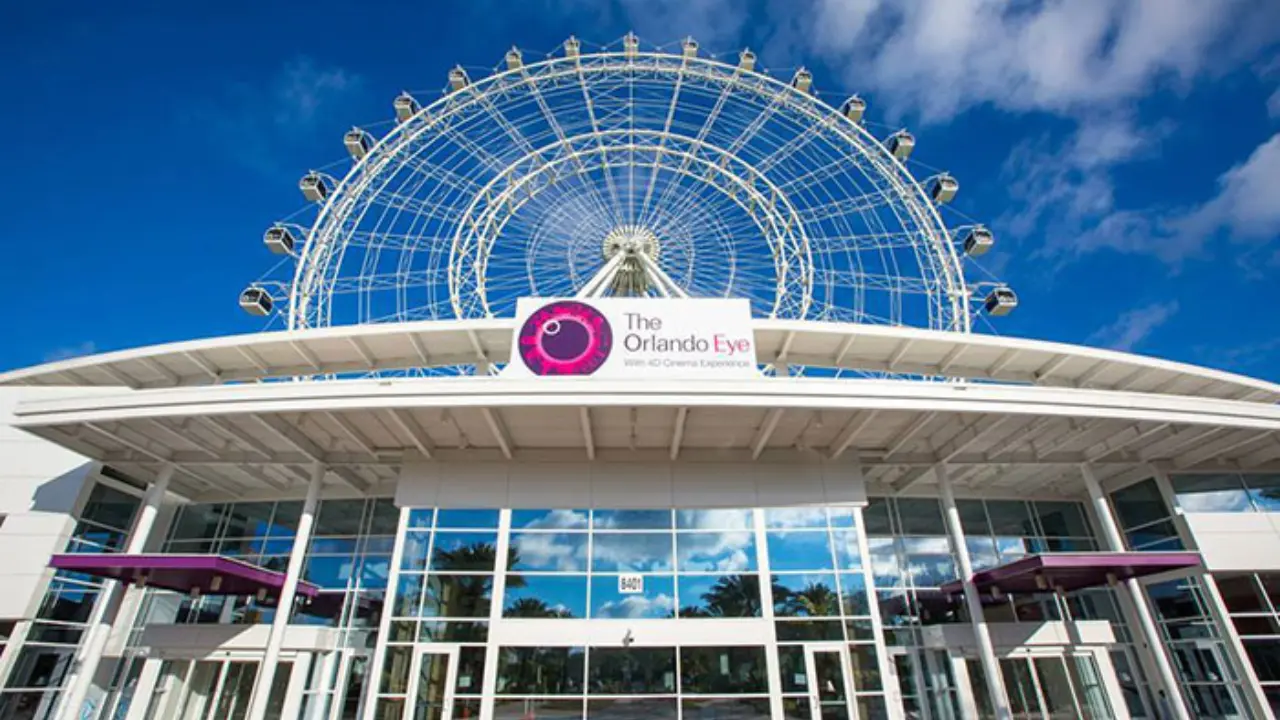Orlando International Airport is 45 miles or 73 km from Port Canaveral, which is approximately a 45- to 60-minute drive along State Road 528, sometimes referred to as the Beach Line. Whether you’re a first-time cruiser or an experienced sailor, getting to your cruise terminal can feel like a problem that must be solved.
Fortunately, there are various convenient transportation choices to select from, ensuring that your trip goes as smoothly from the airport.

This article provides a detailed breakdown of the distance, travel time, transportation options, and tips to ensure a smooth and stress-free transition from the MCO Airport to Port Canaveral.
Orlando Airport to Port Canaveral Distance and Travel Time
Port Canaveral is the nearest cruise port to Orlando; however, it takes around an hour to drive, depending on traffic conditions. Being so close to Orlando, the cruise port is one of the busiest in the world and a convenient starting point for anyone traveling to Central Florida.
Here’s what you need to know about distance and travel time:
Distance
- From Orlando International Airport (MCO): approximately 45 miles (73 kilometers).
- From Downtown Orlando: approximately 50 miles (80 kilometers).
Travel Time
- Average Drive Time: On average, it takes 45-60 minutes to travel between Port Canaveral and MCO Airport during normal traffic conditions.
- Rush Hours: During peak hours in the evening and morning (7-9 AM and 4-6 PM), the traveling time can extend to 75 to 90 minutes because of traffic on the big highways.
- Off-Peak Hours: During off-season times, late at night or early in the morning, the drive may only take 40 minutes to reach Port Canaveral.
Routes to Port Canaveral from Orlando Airport
There are two main routes from Orlando to Port Canaveral:
- Via State Road 528 (Beachline Expressway)
- This is the most direct and popular route.
- It is a toll road, so expect to pay somewhere around 3 to 5 in tolls.
- The Beachline Expressway connects directly to Port Canaveral, so it’s pretty easy to take.
- Via Interstate 95 (I-95) and State Road 520
- This route is longer but useful if you’re north or south of Orlando.
- It does involve tolls, so have some cash or a SunPass (Florida’s electronic toll system) with you.
Transportation Options from Orlando to Port Canaveral
There are numerous methods to get to Port Canaveral from MCO for your cruise, depending on your family’s needs and schedule. Choosing an efficient means of travel is essential for ensuring your arrival on time.
The following table displays the popular transportation choices for a hassle-free journey:
| Transportation option | Cost (One-way) | Notes |
|---|---|---|
| Car Rentals | $30–$50 per day | Flexible; you can drop off at the airport, Cocoa Beach, or Port Canaveral. |
| Rideshare | Uber: ~$87 Lyft: ~$136 | Prices vary; groups may find it more affordable. |
| Taxi | ~$120 | Limited luggage space, charge higher prices during peak hours. |
| Airport Limo Services and Private Cars | Varies, depending on several factors (Higher cost) | Great for larger parties; exceptional customer service. |
| Shuttle service | $20–$30 per person (shared) $100–$150 (private) | Pre-booking is recommended, particularly during the busiest travel seasons. |
Knowing all about the transportation service at the airport enables you to enjoy a seamless and stress-free journey and helps you to get to Port Canaveral easily. Visit the Orlando Airport Transportation for detailed information on the transit service at MCO.
Port Canaveral is approximately 45 miles (73 kilometers) from Orlando, making it an easily accessible destination for visitors. Numerous modes of transportation are available that will suit your needs, whether you pick up a car, use a ride-sharing service, or reserve a shuttle.
Proper planning, including factors like traffic and cost, ensures a smooth and stress-free journey from Orlando to Port Canaveral.
FAQs
The distance between Orlando Airport and Port Canaveral is 73 km, and from downtown Orlando, the road distance is 77.1 km. Depending on traffic conditions, it takes approximately an hour to cover the distance.
Yes, the shared shuttles are available at MCO Airport to get to Port Canaveral. These shuttles operate regularly between 10:00 AM and 12:30 PM, ensuring you have enough time to board your cruise when you arrive.
UberX rides from Orlando Airport to Port Canaveral normally cost between $60 and $75, while UberXL rides (for larger groups) cost between $80 and $100.
The fastest way to get from Port Canaveral to MCO is to take a shuttle, which takes 51 minutes and costs around $20 and $30 per person.
The taxi fare from Port Canaveral to MCO Airport varies based on factors like the taxi company, vehicle type, and time of day. Generally, a one-way taxi trip is estimated at $120 in Orlando.
Shared shuttles, ride-sharing services (like Uber and Lyft), private car services, and car rentals are some of the ways to get from Orlando Airport to Port Canaveral. Choose the preferred option that meets your needs.
Under usual traffic circumstances, the travel from Port Canaveral to MCO Airport takes around 50 minutes. However, the journey via bus, including transfers, takes approximately 3 hours and 40 minutes.
Yes, the driving distance from Port Canaveral to MCO is 48 miles. It takes approximately 53 minutes to drive from Port Canaveral to MCO.
